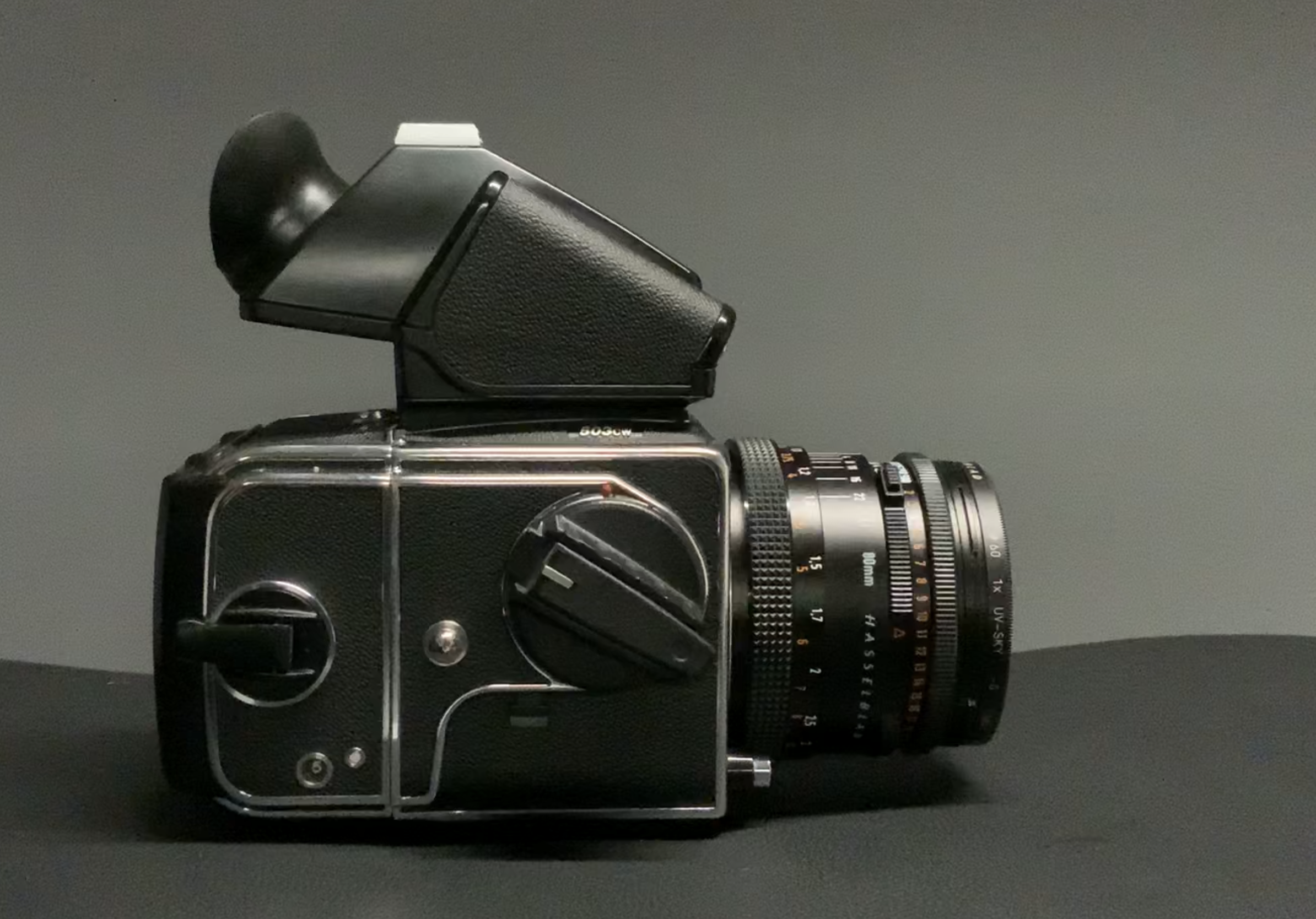Meet Tariq
Tariq Sheikh
Hi Friends! I’m Tariq Sheikh. I’m a self taught photographer. I shoot for fun! Mostly. I will also shoot when it matters. With this website I share basic insights and a few tips on photography which can help beginner photographers. Good photography lessons are important, and I encourage taking lessons when you can. This website is not a substitute for lessons, but the concepts and explanations are meant to be simple and helpful. Most of the joy of photography comes from the basics of photography. Overly technical explanations only help a small subset of highly technical minds, but more people can learn from simple tips on the basics without heavy technical talk. A baseline of basic skills is important for all aspiring photographers. Formal course work elsewhere can cover deeper technical dives into terms like the “circles of confusion” but anyone can practice setting aperture to experience the results of depth of field. A simple guide of using a large aperture for one picture and a small aperture for another picture are equal teachers for the beginner. Beginner, intermediate and experienced photography all rely on the basics of photography: composition, aperture, shutter speed, ISO choices, metering, white balancing, and light sources. There are more tips and skills beyond the basics but the basics are the foundation, the essence of all photography. I bring attention to the basics. Keep the beginner mindset — I always do! It’s my best friend. The beginner mindset can be your best friend.
I started as a 35mm film photographer shooting color and black and white (B&W). After years of using composition, aperture and shutter speed, I learned more about metering, basics I wish I understood when I was a beginner. Shooting in aperture priority was my preferred method, switching to shutter priority only when there was motion involved. This built a good foundation. Still I wanted to learn more shoot and get better results. After years of experience, I moved to an all manual Hasselblad 503CW camera, with a fixed focal length 80mm lens, and my photography skills improved. I developed and printed in a dark room but preferred my finger on the shutter button. As a film photographer attention to detail before the exposure served me well. This attention pre-exposure — resulted with more success, and higher successful rates of good pictures. Higher hit rates resulted from better experience of the basics of photography. With digital photography — post-exposure corrections have become a common handicap because pre-exposure attention has become habitually neglected. The more you fix before you shoot, the less you fix after you shoot. These basics remain important, and are the foundation of photography.
When I mention a camera on this website, this is a general reference to a single lens reflex (SLR) 35mm film camera with an interchangeable 50mm lens f/2.8, or the digital SLR (DSLR) equivalent. Digital crop factor from different sensor types are of no concern to learning the basics, and should not distract you.
ThIs picture of me was taken with an old cell phone, an iPhone 6, applying the basic concepts of composition (Rule of Thirds), and lighting in a simple portrait. Aperture, shutter speed, white balancing, were all automatic. The images was edited in the camera phone to black and white, thus creating more contrast and texture from my beard. Knowledge makes a portrait possible with the cell phone camera. It’s not luck. It’s practice. It’s also having fun! A lot of fun! As mush as possible. As photography skills, experience and knowledge increase, better pictures are emerge. Careful attention to the basics of photography is the better investment. Basic SLR and DSLR, knowledge and practice yield better results than simply having expensive tools. Nice cameras are great, but having fun and practicing is more important.
Let’s go take some pictures!
Hasselblad 503CW
The camera that improved my photography is this one pictured here, the Hasselblad 503CW. It is a medium format film camera, using 120 film. It is shown here with an Planar 80mm f/2.8 T* Carl Zeiss lens, which is an equivalent perspective to a 35mm film camera’s 50mm lens. This is a manual camera system. For every picture the shutter speed had to be pre-set and the aperture had to be pre-set using their respective rings on the lens. The viewfinder on top of the camera adds a useful center-weighted average metering system, and a comfortable 45 degree viewing angle for the eye. The basics of aperture, shutter speed, center weighted metering made me a better photographer. Shooting manually slows down the photography workflow, allowing time to improve the image before taking the picture, a big advantage. This square 6x6 format from the Hasselblad V system cameras such as the 503CW is one of my favorite film formats.

